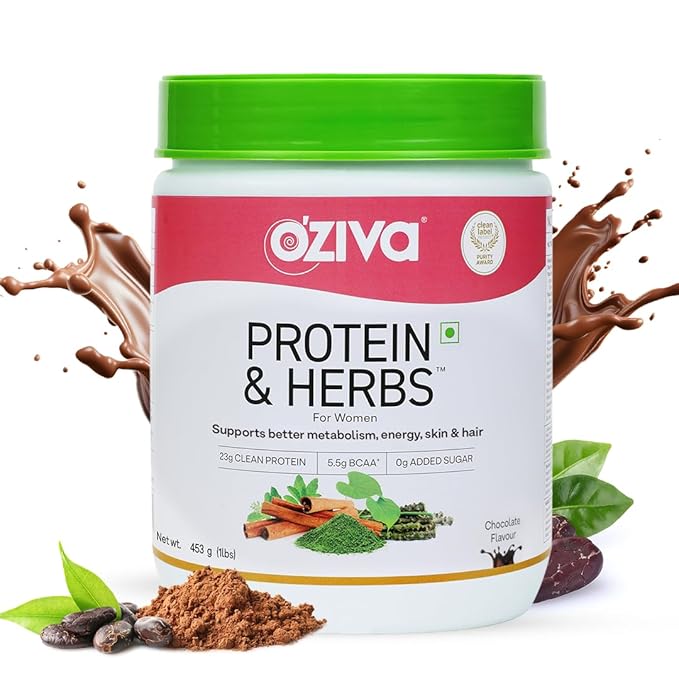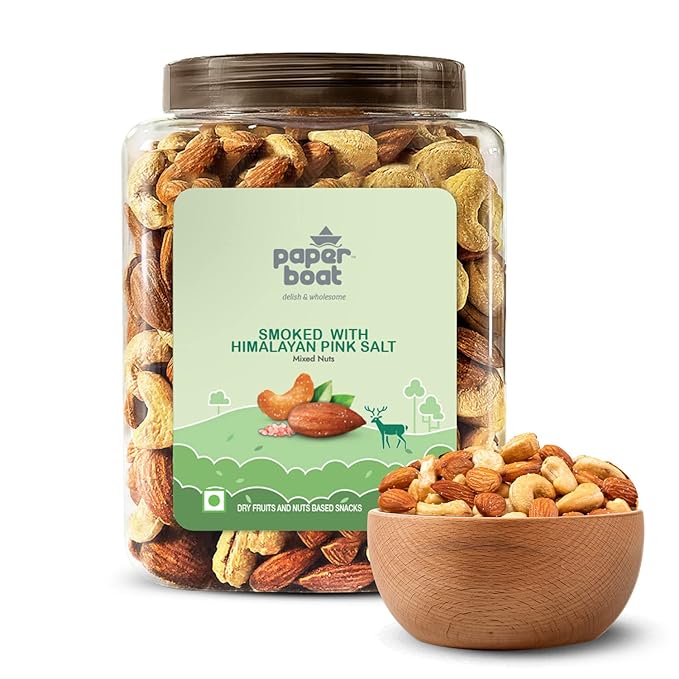New sources of protein offer a promising solution to feeding the world’s growing population while protecting public health and ecosystems. However, the alternative protein industry faces many challenges and risks, requiring a deep understanding of market dynamics to succeed. This guide explores the benefits, developments, and opportunities presented by alternative proteins, aiding in strategic decision-making within the industry.
What Are Alternative Proteins?
Alternative proteins, or alt proteins, are animal-free ingredients designed to replace animal proteins found in meat, dairy, seafood, and eggs. They emulate animal proteins in taste, texture, and culinary experience while offering lower environmental impact, fewer inputs like land and water, and sometimes healthier and more ethical options.
The Need for Alternative Proteins
With 60% of the world’s ecosystems degraded and animal agriculture as a major contributor, the need for alternative proteins is pressing. As the global population rises, we must produce 70% more food with fewer resources, increasing pressure on land and oceans. Alternative proteins can reduce environmental impact, mitigate antibiotic resistance and zoonotic diseases, and free up land for conservation.
Types of Alternative Protein Sources
Plant-Based Protein Sources
Plant-based proteins come from legumes, pulses, soy, grains, and other plants. Traditional options like tofu and tempeh are joined by innovations like pea protein, which is used in products like Beyond Meat. Plant-based proteins offer immense potential for sensory and price parity, with continuous innovation promising tastier and healthier products.
Fungi-Based Protein Sources
Fungi, particularly mycelium, offer unique potential for alt proteins. Mycelium can be manipulated to resemble animal muscle fibers and transform organic materials into nutritious proteins. Fungi are also rich in fiber, low in saturated fat, and provide essential vitamins and minerals.
Algae-Based Protein Sources
Microalgae, such as chlorella and spirulina, are rich in essential amino acids, fatty acids, and vitamins. They grow in photobioreactors, removing carbon dioxide from the atmosphere and requiring no herbicides or pesticides. Despite their potential, challenges like color, smell, and taste remain.
Cultivated Protein Sources
Cultivated meat, or lab-grown meat, is produced directly from animal cells, offering efficiency and reduced environmental impact. Although many products are still in development, some companies are close to market entry, promising significant public health and environmental benefits.

















